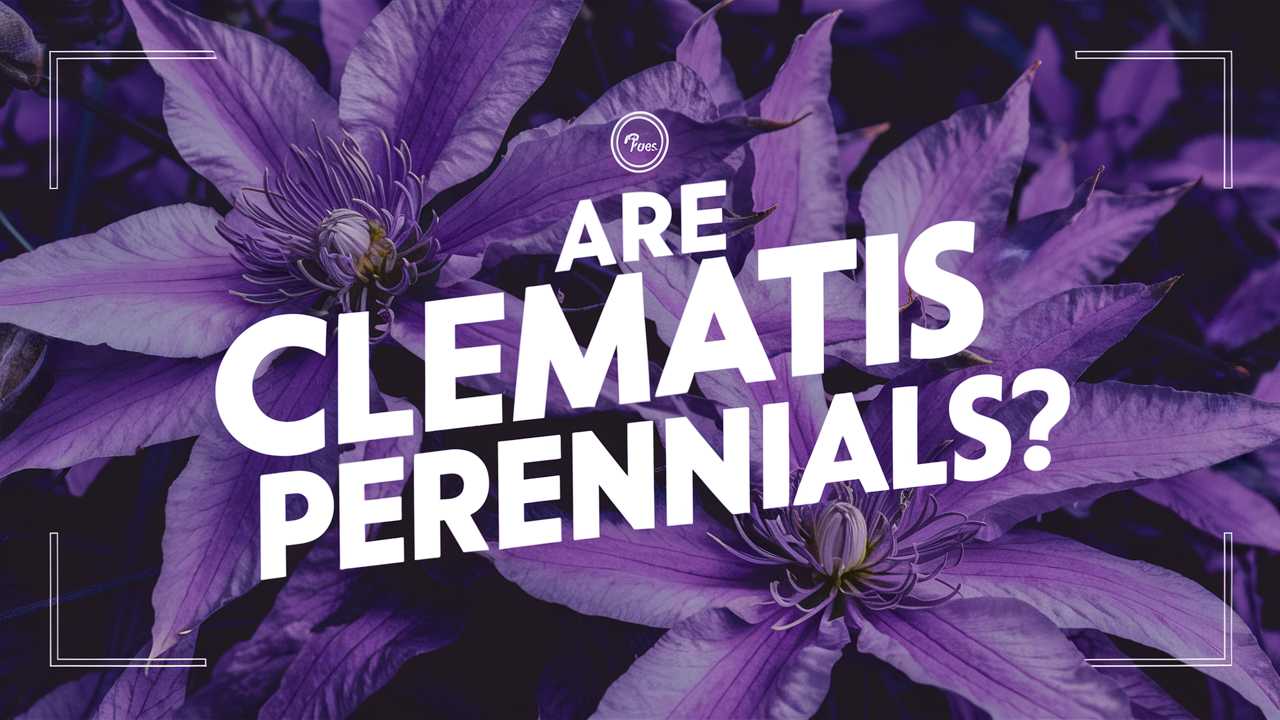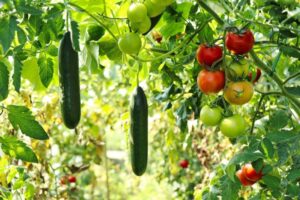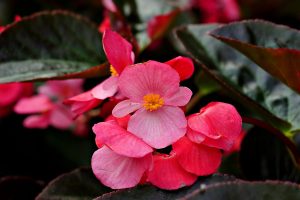With their striking flowers that range in color from deep purples to vibrant reds and whites, it’s no wonder garden enthusiasts and novices alike often seek these beautiful climbing plants. But a common question arises for those considering adding clematis to their landscapes: “Are clematis perennials?” Let’s delve into the world of clematis, exploring not only their perennial nature but also their varieties, care, growing conditions, and charming uniqueness.
So, Are Clematis Perennials?
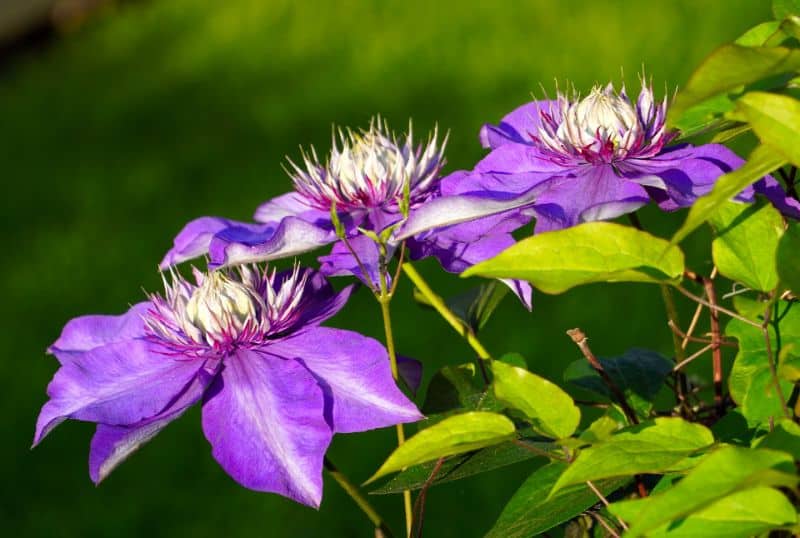
Yes, clematis are indeed perennials! This means that they can return year after year, coming back to life in spring as the weather warms. However, it’s important to note that clematis are classified as herbaceous or woody perennials. The distinctions between these categories can affect their care and growth habits.
Herbaceous vs. Woody Perennials
Herbaceous Perennials: These plants die back to the ground in winter but regrow from the root in spring. Some clematis varieties fall into this category, such as Clematis integrifolia.
Woody Perennials: On the other hand, woody perennials maintain a significant above-ground structure during the winter months. Most clematis species are woody, meaning they’ll keep part of their vines intact over the colder months.
So, while clematis can be classified as perennials, understanding their growth form can help you make more informed decisions regarding their care and cultivation.
The Different Types of Clematis

When diving deeper into the clematis world, it’s essential to note the many types available, each boasting unique characteristics that can enhance your garden’s appeal.
1. Early Bloomers
Some clematis varieties are known for their early bloom times, often flowering as early as late winter or early spring. These include:
Clematis montana: Known for its vigorous growth and stunning white or pink flowers, montana can quickly cover a wall or fence.
Clematis alpina: This species produces delightful bell-shaped flowers in hues of blue, pink, or white and is usually among the first to bloom.
2. Mid-Season Bloomers
Mid-season bloomers typically flower in late spring to early summer. They often produce a second round of flowers later in the season.
Clematis jackmanii: An extremely popular variety known for its large, deep purple flowers, perfect for trellises and fences.
Clematis viticella: Offers a range of vibrant colors and is quite hardy in various conditions, making it a reliable choice.
3. Late Bloomers
Coming into their own late in the summer, these clematis continue to bloom into the fall, adding extended color to your garden.
Clematis texensis: This variety displays striking, bell-shaped flowers in red or pink shades, bringing a unique touch to any landscape.
Clematis ‘Sweet Summer Love’: Known for its fragrant blooms that attract butterflies and other pollinators, it offers beautiful white flowers with hints of lavender.
Understanding these types will not only answer your question about whether clematis are perennials but will also help you choose the right variety for your desired bloom times.
Ideal Conditions for Growing Clematis
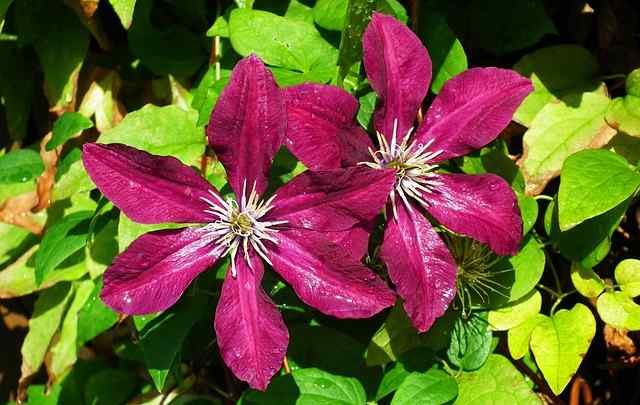
While clematis are perennials, their successful growth is reliant on specific conditions. Providing the right environment will ensure they thrive and bloom beautifully for years to come.
Soil Quality
Clematis thrives in well-drained soil enriched with organic matter. Sandy or loamy soils work best, as heavy clay can lead to rot. It’s advisable to mix compost into the soil before planting, and a balanced slow-release fertilizer can encourage healthy growth.
Sunlight Requirements
Although clematis loves the sun, there’s a balancing act to be played. Most varieties prefer a position with full sunlight for about six hours a day, but their roots appreciate some shade. If grown in full sun, consider mulching around the base to cool the soil and retain moisture.
Watering Needs
Clematis require consistent moisture but dislike waterlogged conditions. Deep watering once a week during dry spells is often sufficient. Early morning watering can reduce the incidence of diseases that occur in humid environments.
Caring for Your Clematis
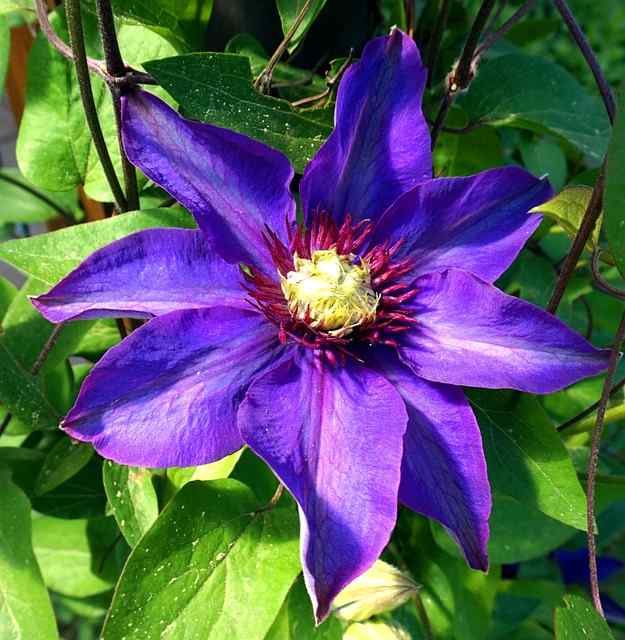
Understanding how to properly care for clematis will not only ensure they survive the winter months but will also guarantee robust blooming throughout the growing season.
Pruning Essentials
One vital aspect of clematis care is pruning, which varies depending on the species. Proper pruning helps manage growth, encourages abundant flowers, and prevents overcrowding.
Group 1: Early bloomers need little to no pruning after flowering. These plants can be lightly trimmed to shape.
Group 2: Varieties that bloom in spring and again late in summer should be pruned after the first flowering, cutting back to healthy buds.
Group 3: Late bloomers benefit from hard pruning in late winter or early spring, typically to about 12 inches above the ground.
Winter Protection
Clematis are generally hardy but can benefit from some extra winter protection. A layer of mulch around the roots provides insulation against frost. In colder regions, protecting young plants with burlap can prevent damage from harsh weather.
Tricks for Successful Clematis Growth

While clematis is generally a resilient plant, there are some tips and tricks that can lead to even greater success in your garden.
Choose the Right Location
Selecting the ideal location for planting clematis can’t be overstated. They often thrive on trellises, fences, and pergolas where they can climb and showcase their stunning flowers. Ensure that they have enough space to grow, as some varieties can become quite hefty.
Companion Planting
Consider planting clematis alongside other perennials that have similar requirements. Plants such as roses, delphiniums, and various annuals can beautifully complement your clematis and enhance the aesthetic of your garden.
Regular Feeding
Don’t skimp on enriching the soil! Incorporating a slow-release fertilizer or an organic compost during the growing season can keep the plants robust and vibrant, allowing for more abundant blooms.
Common Clematis Problems and Solutions
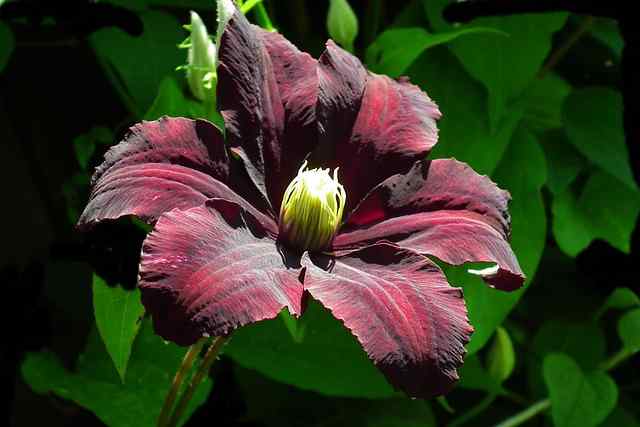
Even the most diligent gardener faces challenges. Knowing what issues can arise with clematis and how to address them will make your gardening journey smoother.
Pests and Diseases
Clematis can fall victim to various pests such as aphids and spider mites. Regularly inspecting leaves for signs of infestation is crucial. If pests are spotted, insecticidal soap or neem oil can be effective treatments.
Wilting Leaves
Wilting leaves often indicate inconsistent watering or excessive heat. Ensure that the plant receives adequate moisture and consider shading the plant with a companion plant if necessary.
Fungal Diseases
Fungal diseases such as powdery mildew can affect clematis. Maintaining good air circulation and avoiding overhead watering can help reduce the risk. Infected plants can often be treated with appropriate fungicides.
The Ecological Benefits of Clematis
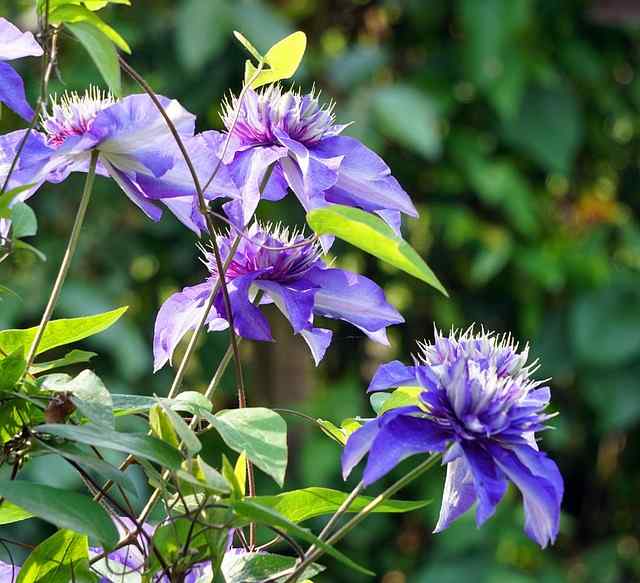
Planting clematis isn’t just about beautifying your garden; it comes with its own set of ecological benefits. These plants can attract pollinators like bees and butterflies, playing a vital role in supporting biodiversity.
Attracting Pollinators
The fragrant blooms of clematis draw various pollinators into your garden. The more diverse your garden becomes with clematis and other plants, the healthier your ecosystem will be.
Soil Health
Being perennial, clematis contributes to soil health by preventing erosion. Their roots help maintain soil structure, and their organic matter from leaves can enrich the soil when they fall.
Conclusion: Embracing the Clematis
In conclusion, clematis is indeed a beloved perennial. These multifaceted plants offer not only stunning visual appeal but ecological benefits that extend beyond aesthetics.


